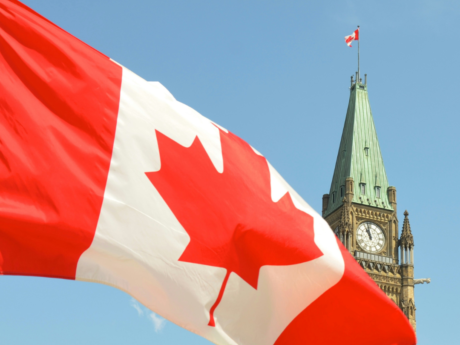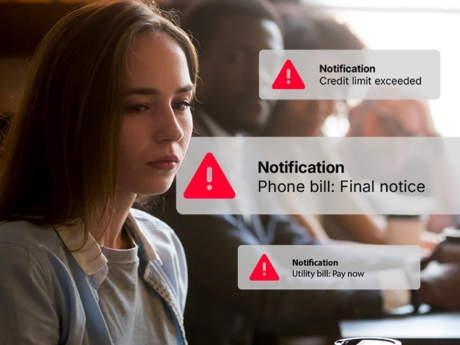Six ways to make your mortgage payment more affordable
CPA, CIRP, Licensed Insolvency Trustee

CPA, CIRP, Licensed Insolvency Trustee
Are you worried about an upcoming mortgage renewal? You’re not alone. Interest rates in Canada are significantly higher than in 2020 and are expected to remain so, meaning homeowners with mortgage renewals could see their monthly payments increase by $400+ (Canadian Mortgage Trends 2024). With so many Canadians already struggling with inflation and the high cost of living, what options are left for individuals who can no longer afford their mortgages?
First, let’s clear up a couple of common mortgage concerns.
Will my house go into foreclosure?
Like most debt, late mortgage payments may come with fees, additional interest, and a negative impact on your credit score. Skipping a payment entirely also risks “rolling late.” This means that even if you resume payments, you’ll still be considered delinquent until you fully catch up.
The worst-case scenario for missed mortgage payments is foreclosure. Mortgages are a secured debt. This means that if you fail to fulfill the terms of your agreement(like making regular payments), your lender can take possession of the asset. A foreclosure won’t happen after one missed payment. Generally, depending on your province, the process begins after 3-6 missed payments.
What options do I have to avoid foreclosure?
The best way to avoid mortgage default and foreclosure is to make your payments on time and in full. If you’re struggling to afford your mortgage payments, you should look into the following six options:
- Assess your budget
A great place to start is assessing your budget to see if there’s anywhere you can cut back on expenses. Review your financial statements to get a better idea of where you spend. Buying lunch at work might not feel expensive, but doing so five days a week can add up. Small changes like cancelling a gym membership, reducing your subscriptions or the amount you dine out per month can free up more money than you think. You can also look at getting rid of other large expenses, like a second vehicle, to free up more space in your budget.
Not sure what you’re spending each month? Sit down with our 30-minute budget sheet to find out. - Use mortgage insurance.
Did you purchase mortgage protection insurance when buying your house? Some policies help cover your payments in cases of financial hardship, like job loss, injury, illness, or even death.
If you purchased mortgage protection insurance that offers this coverage, this is your first line of defence against a potential default. Review your policy to find out what your insurance will cover. Contact your insurer directly to see if you’re eligible. - Ask for a mortgage deferral.
Instead of getting trapped in the “rolling late” cycle where you’re constantly behind on payments, reach out to your lender about a deferral. A mortgage deferral is an agreement between you and your lender to pause payments for up to four months. These skipped payments can either be added to your amortization period (the length of your loan) or be split throughout your loan.
Ultimately, having you catch up on payments is much more cost-effective for your lender than foreclosing on and reselling your home. Contact your lender about your situation and see what options they can offer. - Renegotiate your mortgage.
If a temporary solution like mortgage insurance or a deferral isn’t enough, it might be time to renegotiate. The most common time to renegotiate your mortgage is at renewal. You can change your mortgage terms before its renewal date, but this can come with an upfront cost.
Before breaking your agreement, research your options and approach your current lender. They may renegotiate your mortgage terms through a “blend and extend" option, which allows you to take advantage of new rates, a change in payment frequency, or extended amortization options while avoiding the costs of leaving your lender. - Consider alternative housing options.
It’s normal to move when your current home no longer meets your needs—including your financial ones. If other options have failed, look at housing opportunities in your area. Your lifestyle and needs may have changed since you first bought your home, and it’s possible that downsizing or renting could benefit more than your bank account.
Of course, take the same precautions you always would when finding a new place to live. A new home might have a lower monthly cost, but it could have homeowners’ association fees, higher property taxes, or – if it’s a rental – be subject to future rent increases. Also remember that the money made from selling your home isn’t all profit, you may have realtor’s fees, taxes, mortgage fees, and other expenses to set aside before you know how much you can spend on a new property or put towards renting while you financially recover. - Reduce your unsecured debt.
Sometimes, your mortgage isn’t the problem. Canadians owe an average of $1.83 for every $1 they earn. Non-mortgage debt repayment can take up a sizable portion of your monthly budget between fees and interest. Through a consumer proposal, you can renegotiate your unsecured debt (like credit cards or lines of credit) with the help of a Licensed Insolvency Trustee, reducing your monthly payments by up to 80%—money that could go towards paying your mortgage.
If you’d like to explore a consumer proposal or another debt relief option, call our team of debt solutions professionals at 1-844-4GT-DEBT or book your free consultation online.
Take the first step to debt freedom
Speak to one of our debt solutions professionals during a free, no-obligation consultation.
Related articles
Loading







